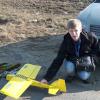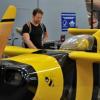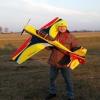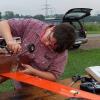



-
Ostatnio przeglądający 0 użytkowników
- Brak zarejestrowanych użytkowników przeglądających tę stronę.
-
Podobna zawartość
-
- 51 odpowiedzi
- 17 269 wyświetleń
-
- 78 odpowiedzi
- 15 535 wyświetleń
-
- 25 odpowiedzi
- 7 990 wyświetleń
-
- 0 odpowiedzi
- 2 696 wyświetleń
-
- 18 odpowiedzi
- 5 897 wyświetleń
-







Rekomendowane odpowiedzi